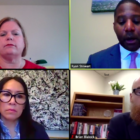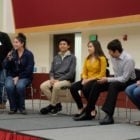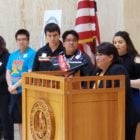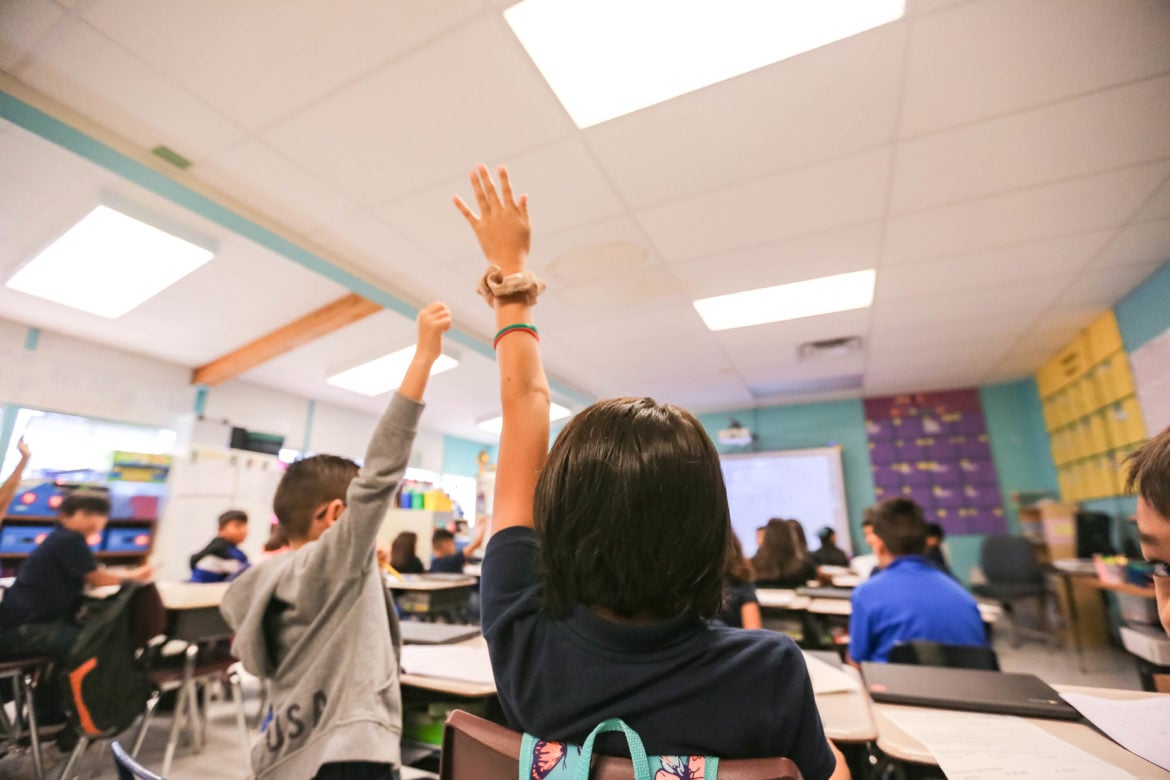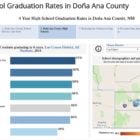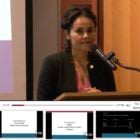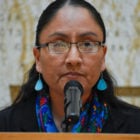For the first time in three years, the number of classrooms missing a teacher fell in New Mexico rather than increased. It was so hopeful a sign Gov. Michelle Lujan Grisham bragged about the 13% drop in teacher vacancies in her State of the State speech. It’s pretty simple math — this school year 89 school districts across New Mexico couldn’t fill 644 teaching slots, while in 2018, that number was 740.
But the state teacher shortage is deeper and more complicated than a tally of open teaching positions around the state, with superintendents performing calculus to figure out how best to meet the needs of students.
Data from the Public Education Department shows skyrocketing numbers of people with bachelor’s degrees stepping into classrooms without teacher training. It’s a trend that syncs with a drop in the number of teaching candidates emerging from the state’s university education departments. But those teachers quit at much higher rates than traditionally trained teachers because, and like many beginning educators, they don’t feel properly supported for the rigors of the job.
The teacher shortage plays out in the day-to-day lives of students through larger class sizes in some schools, combined grades in rural areas, fewer electives and more online classes.
“It’s very district and region specific,” Karen Trujillo, superintendent of Las Cruces Public Schools and former New Mexico secretary of education, said about how the state’s teacher shortage affects classrooms.
Trujillo created the annual New Mexico Educator Vacancy Report in 2015 when she was a researcher at New Mexico State University. As an example of how the teacher shortage affects small school districts more than it might large districts, she described a high school with just one teacher trained to teach English learners. “If that teacher retires, the chances of that district finding an ELL teacher, just because there are not very many out on the market, are slim to none.”
If the New Mexico Legislature and Lujan Grisham are going to reverse the state’s teacher shortage, they will need an array of approaches to recruit and keep teachers from New Mexico, education advocates say.

